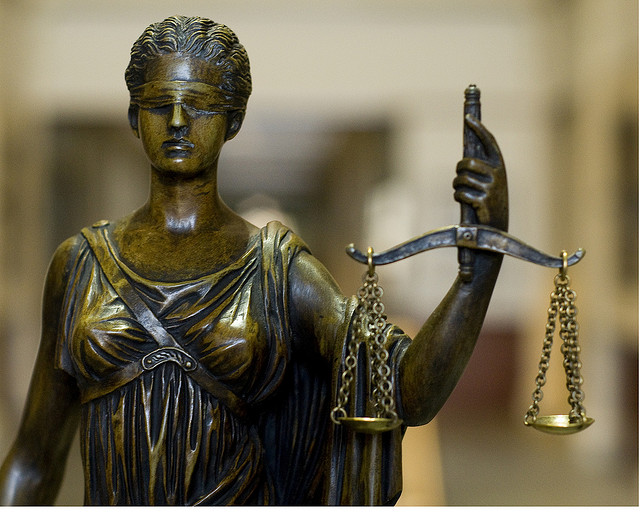
In class: Please select one of the following case studies, and rule on the situation as if you were the judge. Cite specific evidence for your ruling based upon your knowledge of the First Amendment. You may use the handout or refer back to last Friday's blog for a copy. Open up a word document. This is due at the close of class today- not midnight, as you have had this information since last Friday.
Note that this is a writing assignment. As such, you will be assessed on grammar, spelling, sophistication of syntax and vocabulary, as well as content. You must have specific evidence to make your point.
1. A popular public art project in recent years has been the placement of poetry posters on public transportation for people to read while commuting. Imagine a project to place these posters in busses and subways with the content of the Andres Serrano's "Piss Christ" that presumably would be offensive to some religious sensibilities. What arguments would support exhibition of the posters on the bus? Should a government agency provide funding for the poster? Why or why not?
2. If a consumer reporter said falsely that a restaurant served her food with cockroaches in it, the restaurant could maintain a lawsuit for defamation. If a food critic wrote a review that, in the opinion of the critic, the restaurant's food tasted dreadful, the restaurant could not maintain a lawsuit for defamation. Yet, if the critic is a respected food critic in the city, that opinion could cause as much (if not more) economic harm to the restaurant than the erroneous news report of the consumer reporter. Does the distinction between "falsehood" and "opinion" result in fair results for the restaurant? Is the rationale for allowing defamation lawsuits as a restriction on speech justifiable?
No comments:
Post a Comment